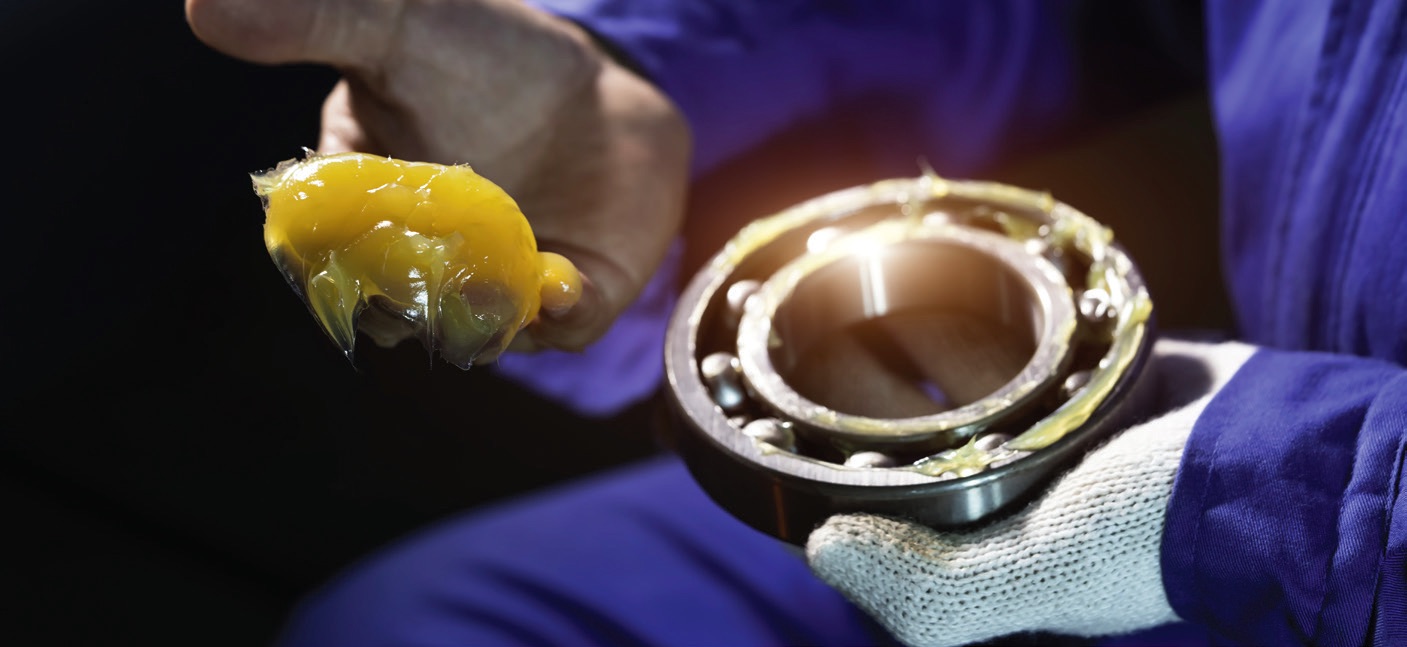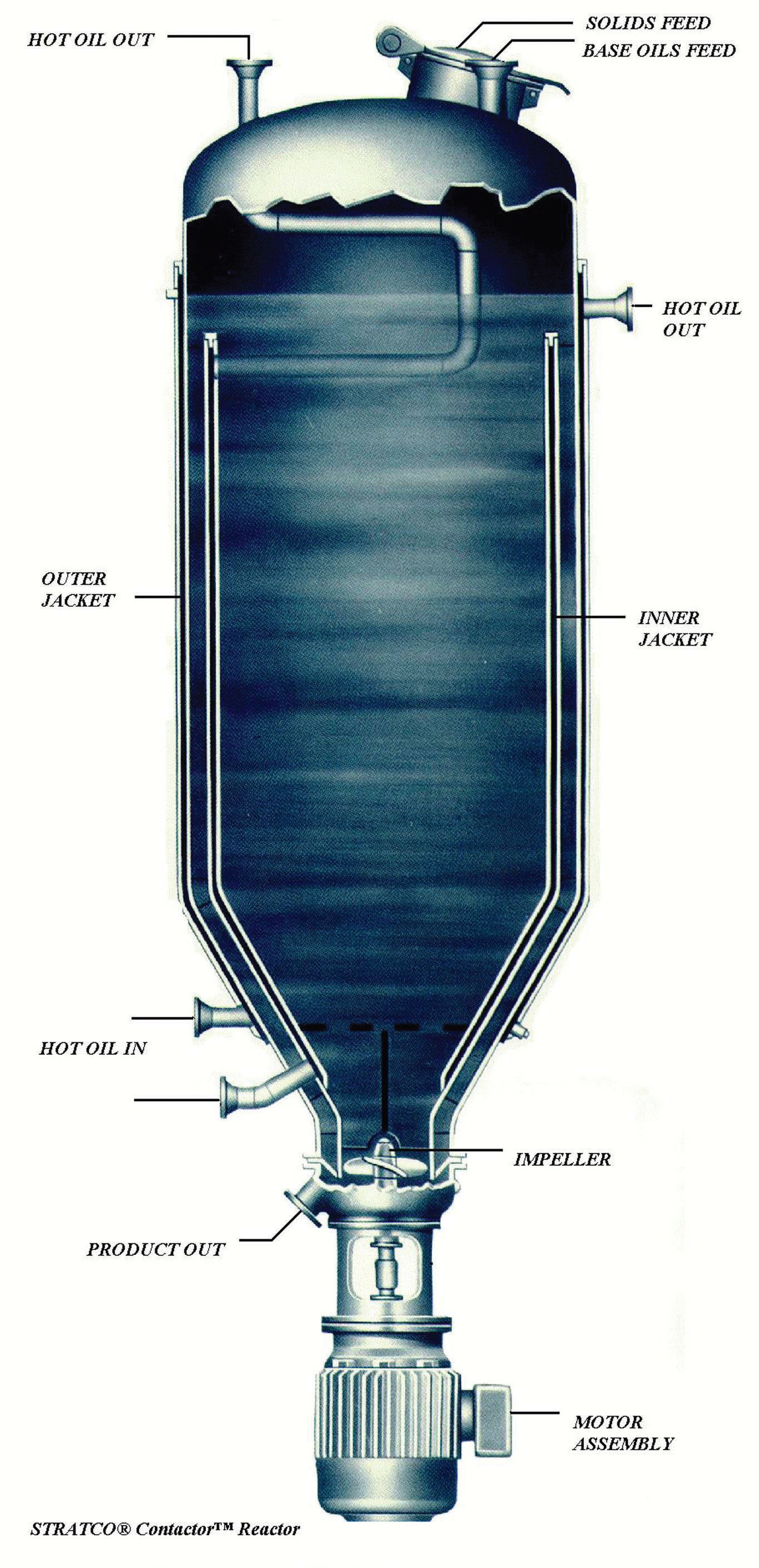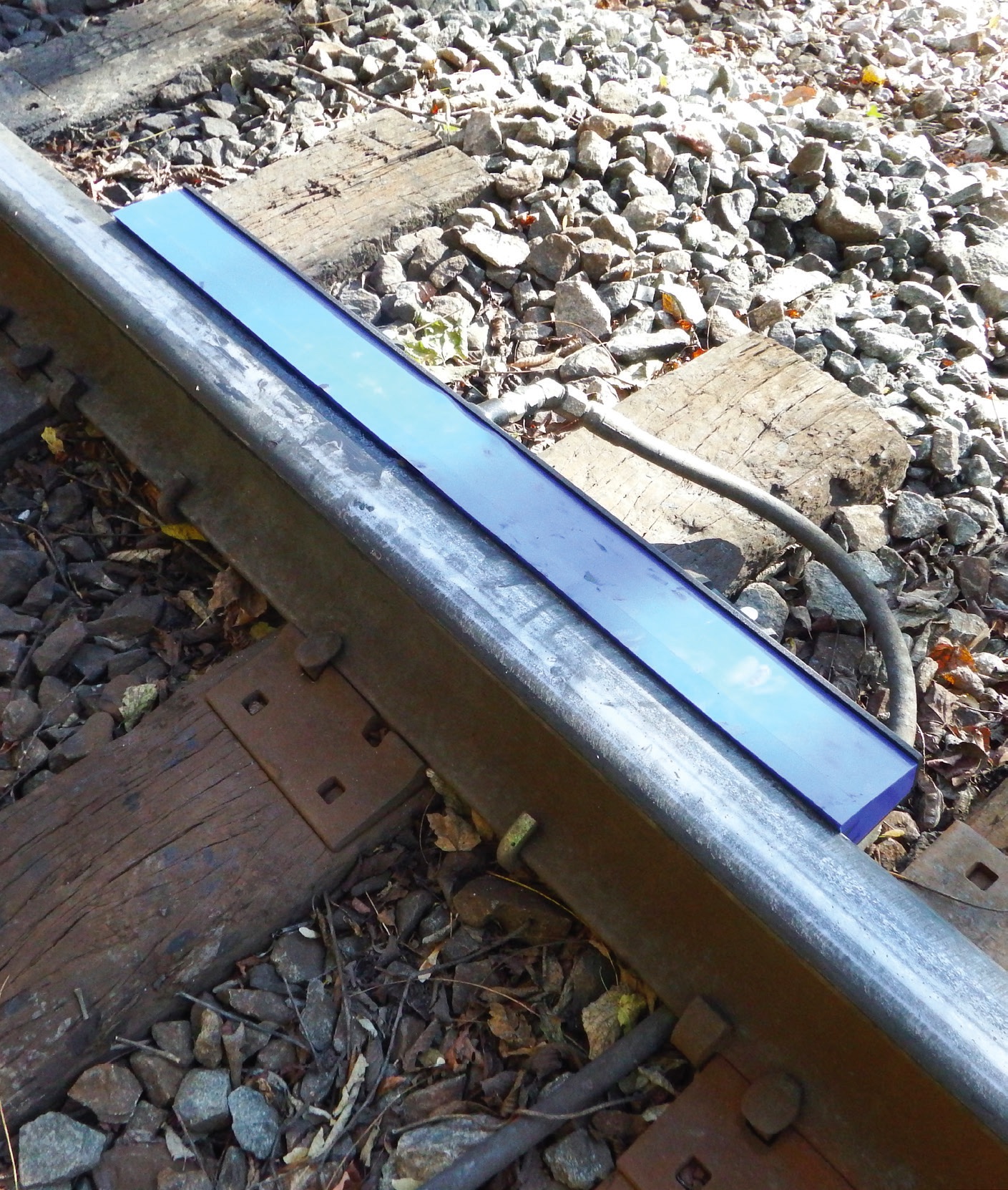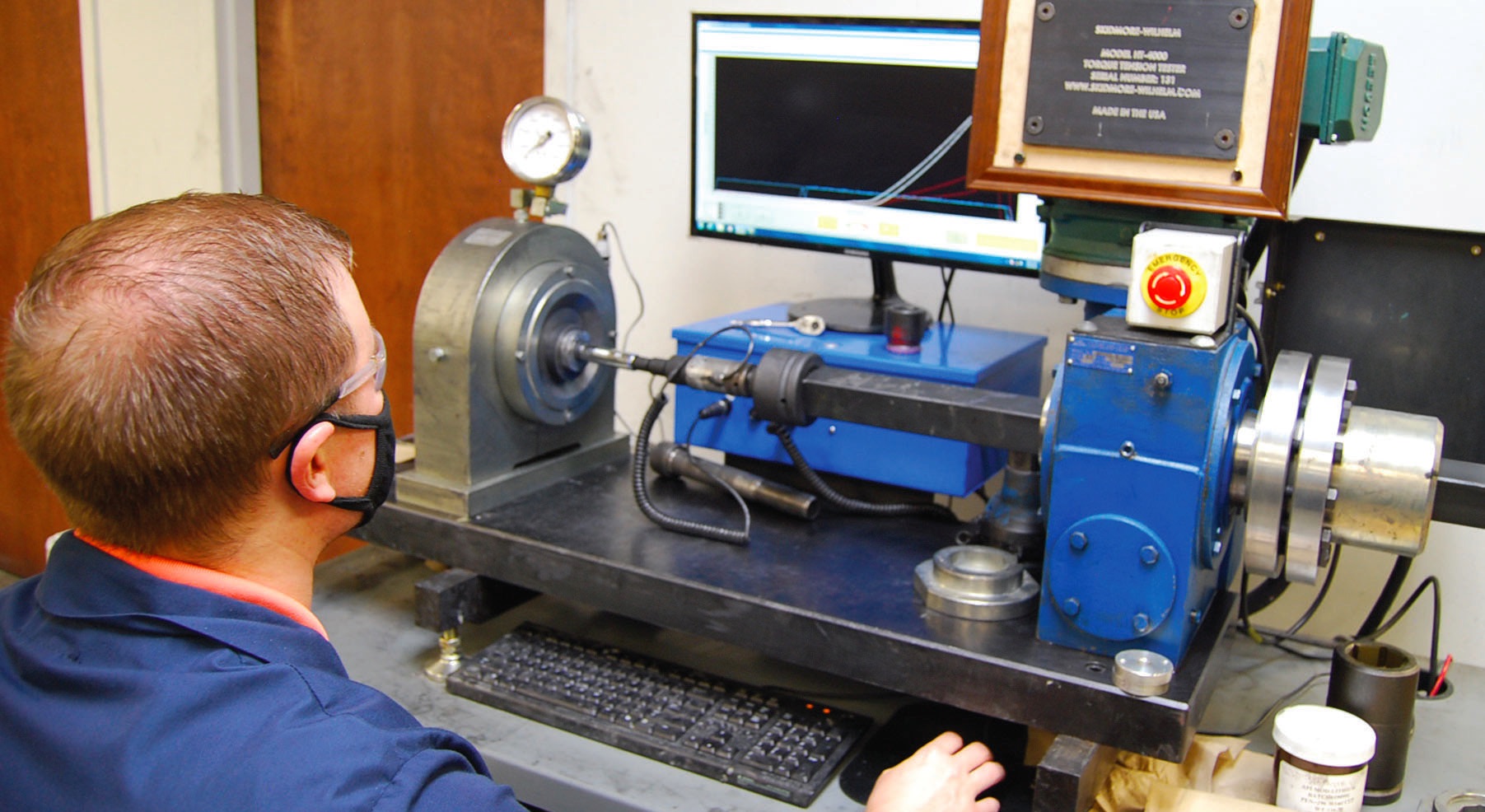TLT: What made you decide to work with grease?
Oosterlinck: Lubricating greases are a complement to fluid lubricants, suitable for applications where fluids won’t stay in place or the lubricant supply cannot be maintained. As a result, grease is an essential lubricant and plays a major part in keeping selected equipment lubricated, which is the main reason that it is intensively researched and has its own technical association, The National Lubricating Grease Institute (NLGI), as well as a European counterpart (ELGI) and an India chapter. These associations have been extremely valuable in meeting the technological demands in the industry and creating a universal specification for grease consistency: the NLGI grade.
Whenever you work for a company that offers the whole product line of oils, greases and water-based products, chances are that you will end up spending most of your time with either the grease line or the water-based product line. Lubricating oils are relatively simple, whereas grease, on the other hand, is far more complicated. Lubricating oils are made up of base oils with additives, which can be blended at low temperatures in kettles with simple mixing devices, such as a relatively small propeller. The additive suppliers have already done most of the necessary homework, checked the solubility and stability and ran the required testing to meet the specifications of the application.
Greases, on the other hand, require more development work, a strict manufacturing procedure, process control and more sophisticated manufacturing equipment. The major difference is that greases consist of a thickener, oil and additives in which the thickener gives the product a non-Newtonian semisolid character and must have an affinity for the oil but cannot dissolve in it. As a result, manufacturing grease is quite complex and is still presently considered an art.
 TLT: Why is making grease considered an art?
TLT: Why is making grease considered an art?
Oosterlinck: It is important to understand that the manufacturing process of grease is physico-chemical. This can best be illustrated with an example of how lithium grease, the most prevalent grease on the market, is produced. In specially designed grease kettles, either atmospheric or pressure rated, with counter rotating agitators for thorough mixing, 12-hydroxy stearic acid is neutralized with a lithium hydroxide slurry in half the amount of the base oil of the final product. Once the neutralization is complete, the mixture is heated to a well-defined temperature in order to completely remove the water and melt the lithium 12-hydroxy stearate. The mixture is then cooled, quenched and transferred to a finishing kettle, where the additives are added. This process is critical, since three-dimensional soap fibers are formed to create the semisolid structure in which the oil is retained.
All process parameters such as heat transfer, mixing times, rate of transfers and additions should be strictly observed and monitored, since they affect the size, structure and length/diameter ratio of the fibers. These fibers define the oil retention, mechanical stability and dropping point of the grease. The final product will need to be milled, and depending on the application, filtered and deaerated. Future batches should be made with the same process parameters and equipment by the same experienced compounder team. The human factor should not be overlooked, for experienced compounders are the first to observe and report if a variation occurs during the process.
Even when all the details are observed, there still will be fluctuations in the amount of thickener and the consistency from batch to batch. This is best illustrated by the NLGI grades used to determine the consistency of a grease by measuring the depth in tenths of a millimeter that a standard cone sinks into the grease under prescribed conditions. The NLGI grade has a range of 30 tenths of a millimeter, which is often challenged by mechanical engineers, who are used to working with tolerances defined in microns and have a hard time with variations of 3 millimeters when they select the grease for the application. Thorough mixing, heat transfer and consistent process conditions are of the utmost importance to obtaining a good repeatability and explains why the Contactor
TM (
see Figure 1), a jacketed conical pressure vessel with a large heating surface, is widely used and popular for the manufacturing of lithium greases. By working under pressure, with intensive mixing through high-speed impellers and controlled water amounts, a more consistent product quality can be established with shorter production times.
 Figure 1. The ContactorTM, a jacketed conical pressure vessel with a large heating surface, is widely used and popular for the manufacturing of lithium greases. Figure courtesy of Stratco.
TLT: How big is the grease market, and what are the major market segments?
Figure 1. The ContactorTM, a jacketed conical pressure vessel with a large heating surface, is widely used and popular for the manufacturing of lithium greases. Figure courtesy of Stratco.
TLT: How big is the grease market, and what are the major market segments?
Oosterlinck: Thanks to STLE member Chuck Coe of Grease Technology Solutions LLC, the volumes are reported quite accurately on a yearly basis. In 2019, about 460 million pounds of grease were produced in North America, which is about 3% of the total lubricant volume. Several thickener types are used, with soap thickeners, long-chain fatty acid neutralized with a metal, forming the majority. Lithium soaps, both conventional and complex, represent two-thirds of the market. The other thickeners, aluminum soap, calcium soap, polyurea, organophilic clay, silica and polymers, make up the remaining third. These thickeners can be used to make greases with either mineral oil, synthetic oil or a blend of both (semisynthetic).
The market is divided between large volume grease with limited performance requirements and niche applications where the volumes are relatively small, but the performance requirements are higher. The three largest market segments are railroad, steel and mining, where over half of the total grease volume is consumed. These three industries are very cost sensitive and require the minimum possible price for greases that, nonetheless, have to meet high performance levels, as they lubricate the high capital investment equipment. The raw materials are carefully selected, and the manufacturing process is finetuned and geared toward supplying the large volumes without major pitfalls and interruptions. Continuous relubrication is common in all three market segments, and the grease has a short lifespan. Special attention needs to be paid to the delivery systems, the size of the lines, filters and storage tanks and the operating temperature ranges to ensure year-round delivery, as illustrated by the curve grease applicator, where grease is squeezed on the track each time a train passes (
see Figure 2).
 Figure 2. The curve grease applicator, where grease is squeezed on the track each time a train passes. Figure courtesy of Whitmore Jet-Lube.
Figure 2. The curve grease applicator, where grease is squeezed on the track each time a train passes. Figure courtesy of Whitmore Jet-Lube.
A further important market segment is automotive manufacturing, where most grease ends up in bearings and constant velocity joints that are sealed and lubricated for life. Performance requirements are continuously increasing and resulted in the NLGI updating the GC-LB performance classification for chassis and wheel bearing grease, which many OEMs now consider outdated and inadequate. The new High-Performance Multiuse Grease Specification introduces more stringent requirements divided into five sections: water resistance, higher load-carrying capacity, salt water corrosion resistance, long life grease and low-temperature performance.
TLT: What market segment is your favorite?
Oosterlinck: Each industry segment has its challenges, but nowhere else are the demands on lubricating greases so high as in the steel mills. The grease is exposed to tremendous heat, heavy loads, shock loads, continuous duty, severe contamination, overloads and high moisture. The grease is expected to protect very expensive equipment and bring premium performance, yet procurement will continuously try to obtain price reductions in spite of the fact that cost of the lubricants represents only 3% of the maintenance budget.
Since joining Whitmore Jet-Lube, I realized there is a science behind thread compounds, especially those used in the oil fields on the threads of pipes used for horizontal drilling. Don Oldiges, technical director of Jet-Lube, has done some remarkable work and developed highly engineered thread compounds, based on friction factors measured with a torque tension tester (
see Figure 3), which he translates into formulas that bring the right lubrication, sealing, galling protection and breakaway torques for threads on drill pipes, collars, tools and jacking systems.
 Figure 3. A torque tension tester, which translates into formulas that bring the right lubrication, sealing, galling protection and breakaway torques for threads on drill pipes, collars, tools and jacking systems. Figure courtesy of Whitmore Jet-Lube.
TLT: Is there a thickener that you prefer?
Figure 3. A torque tension tester, which translates into formulas that bring the right lubrication, sealing, galling protection and breakaway torques for threads on drill pipes, collars, tools and jacking systems. Figure courtesy of Whitmore Jet-Lube.
TLT: Is there a thickener that you prefer?
Oosterlinck: Every thickener has its pros and cons, but calcium sulfonate has some remarkable features, which make it suitable for some demanding applications, like corrosion protection, high temperatures, mechanical stability, water absorption capability and extreme-pressure (EP) and antiwear (AW) performance. Calcium sulfonate complex greases are formed when an amorphous calcium carbonate over-based sulfonate base is treated with water and alcohol, resulting in the formation of calcite, a crystalline form of calcium carbonate. The conversion of amorphous calcium carbonate into wafer-like calcite particles causes a drastic change in rheology, and the Newtonian fluid turns into a non-Newtonian fluid. Calcite brings both EP and AW performance, and the particles are more temperature stable than the typical sulfur- and phosphorous-based EP and AW additives. Compared to the classic EP and AW additives, the calcite tends to perform more consistently over a wide temperature range and does not deplete over time through oxidation. No further additives are needed for most formulas, with the exception of a small amount of antioxidant additives. Another remarkable feature is that the grease is capable of absorbing 50% of its weight in water and still acting as a functional grease with EP, AW and corrosion protection. This grease performs exceptionally well in the roll necks of the caster segments in the steel mills.
TLT: What differentiates a specialty grease from the commodity grease?
Oosterlinck: Companies that focus on the niche lubrication markets see steady growth, and the largest portion of their business is unsurprisingly grease. The demand for ultra-high speed, low noise and lifetime grease for extreme temperatures and harsh environments is steadily increasing. The major difference between niche grease and conventional grease is no doubt the cleanliness level during the manufacturing process. During niche grease production, the equipment is cleaned spotless between every batch, the batch amount is kept small, and a lot of attention is paid to complete homogenization.
With the size of bearings continuously getting smaller (the world record for the smallest commercially available steel ball bearing is currently 1.4978 millimeter or 1,497.8 microns), the demand for ultraclean grease is steadily growing. The approach is very often to work with base oils with a cleanliness level of 1, meaning that the largest particle size is 1 micron. The grease is produced in clean rooms, and operators wear special Tyvek suits to eliminate contamination. The equipment is cleaned spotless after every production run and never leaves the clean room. Homogenization is very often ensured through the use of sophisticated three roll mills, which guarantee the optimum homogenization and uniformity. The rheology is part of the quality control system, and shear stress curves are run for each batch.
TLT: Why is so much attention paid to grease?
Oosterlinck: Most people do not realize the extremely important part that grease plays in their daily lives. There are billions of bearings in cars, appliances, computers and motors in the world, and the majority are lubricated with grease. Those bearings are supposed to last for the lifespan of the equipment—after all, nobody is happy when wheel bearings in one’s car fail prematurely.
TLT: What do you look for when creating a grease?
Oosterlinck: Fully understanding all the details of the application is the main benchmark before making the combination of the thickener, base oils and additives. When selecting the base oil, the same rule applies with grease as with lubricating oils: the viscosity should never be higher than necessary. Depending on the upper or lower temperature limits, the oxidation stability and the longevity requirements, the decision is made to select a synthetic or a mineral base oil. The next step is the thickener, where the affinity for the oil and the inherent properties of the thickener are the main decision factors. Additives are then added to meet corrosion protection, water resistance, AW, EP and antioxidation specifications. Dyes are added to enable the identification of different types of greases by color but do not affect the performance at all. However, color is a significant source for complaints, and most customers insist on exact color matches. The combination of components is unlimited and explains the huge number of different greases on the market, allowing the end-user to have the right grease for each application.
You can reach Marc Oosterlinck at marc.oosterlinck@whitmores.com.